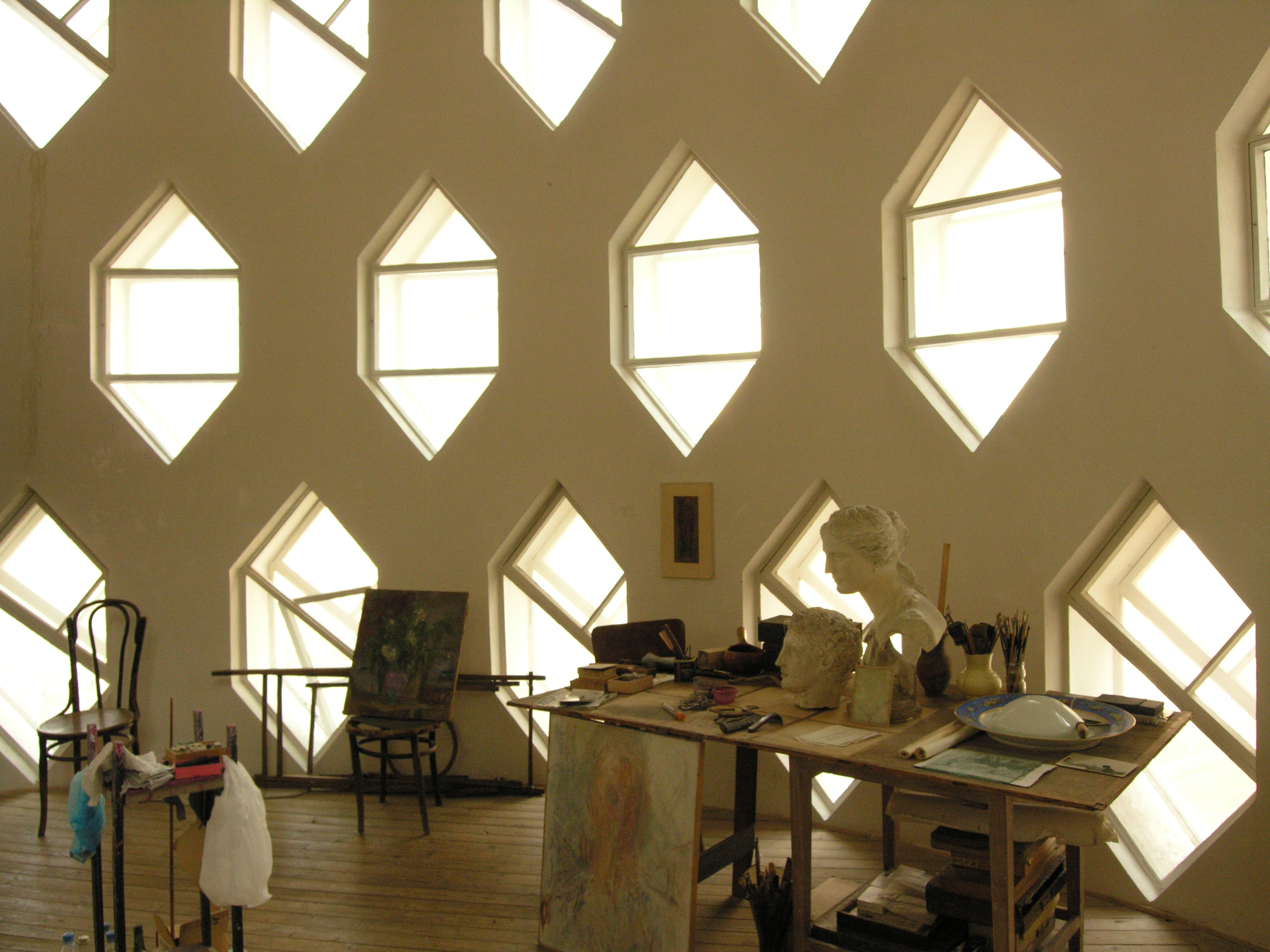David Lowenthal, The Past is a Foreign Country (Cambridge and New York: Cambridge University Press, 1985).
Pierre Hadot, Régimes d’Historicité: Présentisme et expériences du temps (Paris: Le Seuil, 2003).
This struggle is a common dilemma in developing nations as analyzed by Paul Ricoeur (1913-2005) in his book History and Truth (Evanston: Northwestern University Press, 1965). Ricoeur’s approach was extensively referred to by Kenneth Frampton in his seminal essay on critical regionalism. See Kenneth Frampton, “Towards a Critical Regionalism: Six Points for an Architecture of Resistance,” in The Anti-Aesthetic: Essays on Postmodern Culture, ed. Hal Foster (Port Townsend, WA: Bay Press, 1983).
Aloïs Riegl, Moderne Denkmalkultus: sein Wesen und seine Entstehung, (Wien: K. K. Zentral-Kommission für Kunst- und Historische Denkmale, Braumüller, 1903). Translation first published as Aloïs Riegl, ''The Modern Cult of Monuments: Its Character and Its Origin,'' trans. Kurt W. Forster and Diane Ghirardo, in Oppositions 25 (Fall 1982), 21–51.
Umberto Eco, Opera aperta. Forma e indeterminazione nelle poetiche contemporanee (Milano: Bompiani, 1962).
See entries on these subjects in Stanford Enclycopedia of Philosophy.
Jacques Le Goff, “Documento/Monumento,” in Enciclopedia Einaudi, vol. V (Torino: Einaudi, 1978), 38–43.
History/Theory is a collaboration between the Institute for the History and Theory of Architecture (gta), ETH Zurich and e-flux Architecture.
